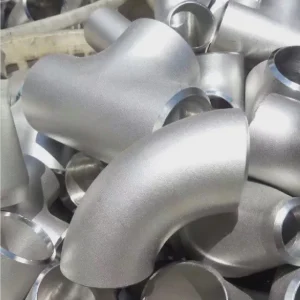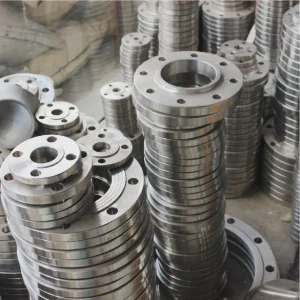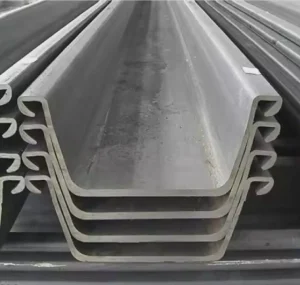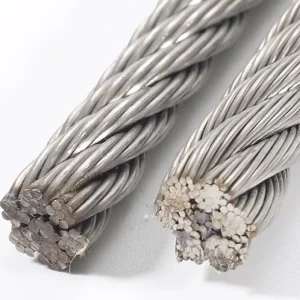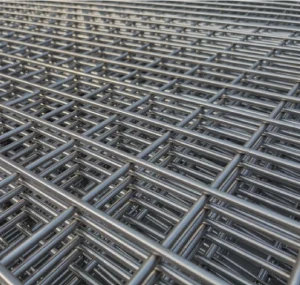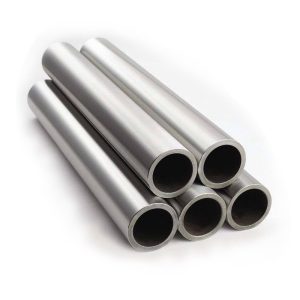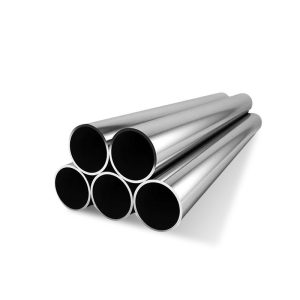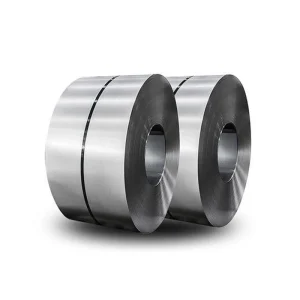TIG welding (Tungsten Inert Gas welding) is a widely used and highly regarded method for welding aluminum. This process utilizes a non-consumable tungsten electrode to produce the weld, which is protected from contamination by an inert gas, typically argon. When performed correctly, TIG welding creates clean, strong, and precise welds. This article will delve into the details of TIG welding aluminum, including its comparison to other welding methods, tips for optimal settings, step-by-step procedures, and safety considerations.
1. What Is TIG Welding Aluminum
TIG welding is particularly suited for aluminum due to the material’s unique properties, including its low melting point and high thermal conductivity. It allows welders to control the heat input, making it ideal for thin sections of aluminum. This results in fewer distortions and better overall weld quality compared to other methods.
2. Are TIG and GTAW the Same?
TIG welding and Gas Tungsten Arc Welding (GTAW) are indeed the same process. The term "TIG" is the common name, while GTAW is the official designation according to the American Welding Society (AWS). Both refer to the same process that involves using a non-consumable tungsten electrode to create the weld, protected by an inert gas such as argon. While the terms are used interchangeably, "TIG" is the more commonly used in industry, especially when discussing aluminum welding.
3. Aluminum Welding Methods
Welding aluminum requires careful consideration of the right method. Some of the most common welding techniques for aluminum include:
-
TIG Welding (GTAW): Ideal for precision welding of thin to medium thickness aluminum. Produces clean and strong welds.
-
MIG Welding (GMAW): Best for thicker aluminum sections. It uses a consumable wire electrode and offers higher deposition rates.
-
Stick Welding (SMAW): Less common for aluminum but useful for outdoor environments or thick aluminum pieces.
-
Plasma Arc Welding (PAW): Provides high-quality welds with more control over heat input.
4. Which Welding Method is Best for Aluminum?
The best method for welding aluminum depends on the material thickness, the desired quality of the weld, and the environment. TIG welding is typically preferred for precision work on thin aluminum sections due to its fine control over heat input. MIG welding, on the other hand, is faster and more efficient for thicker sections, although it may result in a less clean finish compared to TIG welding.
5. How to Set a TIG Welder for Aluminum
Setting up a TIG welder for aluminum requires attention to detail. Key factors include:
-
Tungsten Electrode: For aluminum, a pure tungsten or a thoriated tungsten electrode is recommended. The tungsten should be sharpened to a point for precision.
-
Current Type: Use alternating current (AC) for aluminum. AC helps remove the oxide layer from the aluminum and provides better weld penetration.
-
Amperage: The amperage should be set based on the material thickness. Typically, 1 amp per 0.001 inch of thickness is a good starting point.
-
Gas Flow Rate: Set the argon gas flow rate between 15 to 20 cubic feet per hour (CFH) to ensure adequate shielding.
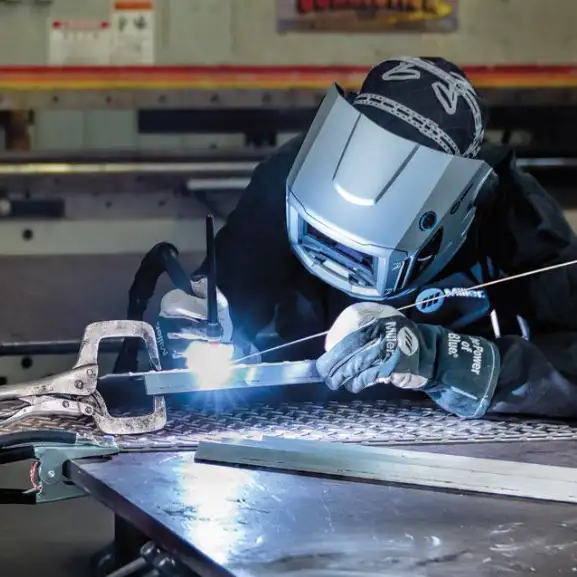
6. TIG Welding Aluminum Step-by-Step Process
Here is a breakdown of the TIG welding process for aluminum:
-
Preparation:
-
Clean the aluminum surface thoroughly using a wire brush or chemical cleaner to remove any oxide layer.
-
Set up the TIG welder with the appropriate settings for AC welding, as discussed.
-
-
Tungsten Electrode Preparation:
-
Sharpen the tungsten electrode to a fine point. A pointed electrode ensures better arc stability.
-
-
Starting the Arc:
-
Strike the arc on the edge of the workpiece, keeping the electrode at a slight angle (about 15 degrees).
-
-
Filler Rod Feeding:
-
Feed the filler rod into the weld pool while maintaining a consistent speed. The filler rod should be added only when the weld pool is formed.
-
-
Finishing the Weld:
-
Gradually taper off the arc at the end of the weld to prevent porosity or undercutting.
-
7. Important Considerations When TIG Welding Aluminum
-
Heat Control: Aluminum conducts heat quickly, so too much heat input can cause warping or burn-through. Adjust the amperage based on material thickness.
-
Oxide Layer: The aluminum oxide layer must be removed before welding. Using AC current helps break down this layer.
-
Post-Weld Cleaning: After welding, it’s essential to clean the weld area to prevent contamination and ensure strength.
8. Common Issues in TIG Welding Aluminum and How to Avoid Them
-
Porosity: Caused by trapped gases, especially if the welding area isn’t adequately cleaned. Prevent porosity by ensuring the base metal is clean and using the right shielding gas flow.
-
Cracking: Often occurs when improper cooling or heat control is applied. Always ensure uniform heat distribution and slow cooling to avoid cracking.
-
Incomplete Penetration: This can occur if the amperage is set too low. Adjust your settings based on the thickness of the material.
9. Case Study: TIG Welding Aluminum for Aerospace Components
In aerospace manufacturing, TIG welding is essential for joining lightweight aluminum alloys. One specific case involved welding 7075-T6 aluminum to create high-performance aircraft components. By maintaining precise control over the welding process—particularly adjusting amperage, gas flow, and electrode size—the welding team achieved superior weld quality with minimal distortion, which was crucial for maintaining the integrity of the components under stress.
10. FAQs about TIG Welding Aluminum
Q1: Can I TIG weld aluminum without filler rod?
A1: Yes, it's possible, but filler rods help ensure a stronger joint. It’s more common to use filler rods for thicker sections.
Q2: How do I know if I am using the right tungsten for aluminum?
A2: The right tungsten should be pure tungsten or thoriated, and it should be pointed to ensure stable arc performance.
Q3: What is the best shielding gas for TIG welding aluminum?
A3: Pure argon is the best shielding gas for aluminum welding. It provides excellent coverage and arc stability.
Q4: What thickness of aluminum can I weld with TIG?
A4: TIG welding can be used on aluminum ranging from 0.5 mm to several inches thick, depending on the welder’s settings and skill.
Q5: How do I prevent the aluminum from warping during TIG welding?
A5: Control the heat input, use a backer bar to support thin sections, and make sure to weld in short segments to avoid excessive heat buildup.
11. Conclusion
TIG welding aluminum is a skill that requires precision, control, and knowledge of the material’s behavior. With the right settings, equipment, and technique, welders can achieve clean, strong, and precise welds. Whether you are working on aerospace components, automotive applications, or other industries, mastering TIG welding on aluminum will result in high-quality, durable joins.



